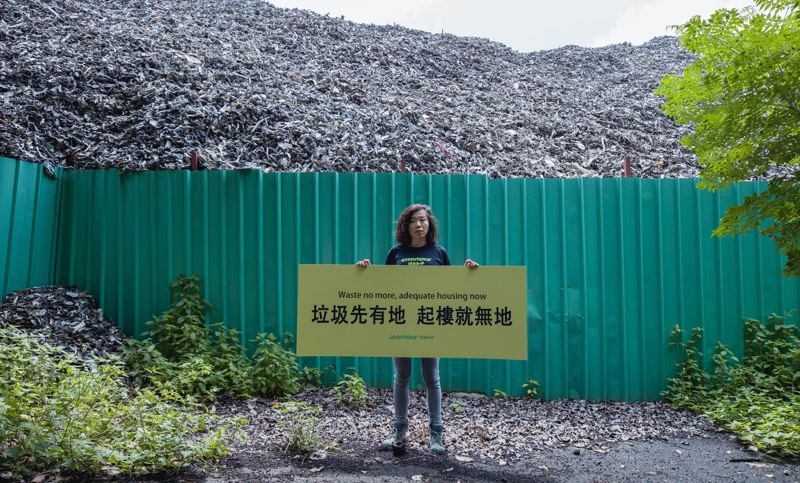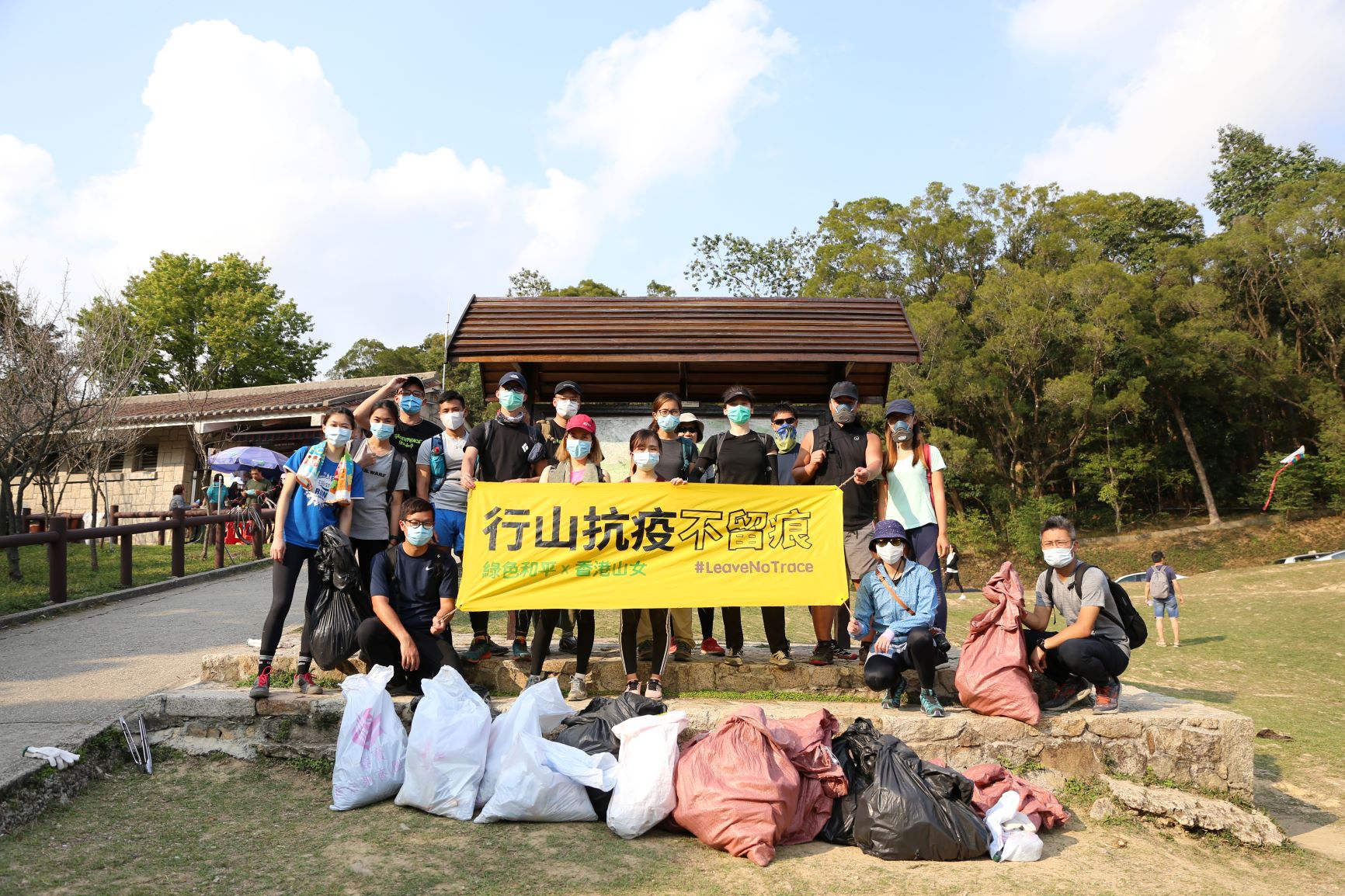Beijing, 1 June 2017 – Fourteen provinces failed to meet their water quality improvement targets during the 12th Five-Year Plan period (2011-2015), a Greenpeace East Asia report released today shows. As of 2015, 85.3% of water in Shanghai’s major rivers was categorized as grade IV or worse, or unsuitable for human contact. In Tianjin, 95.1% of surface water fell under this category. Local governments must take urgent action to address the situation.
“Current water pollution levels aren’t only an environmental hazard — they’re a threat to public health. In recent years, the Ministry of Environmental Protection has placed significant emphasis on addressing China’s water pollution problem, but provinces must follow through on a local level for major improvements to be seen,” said toxics campaigner Deng Tingting.
While water quality improved on a national scale during the first two years of the 12th Five-Year Plan period, improvements flattened off beginning in 2013. In eight provinces, more than half of water in major rivers was deemed unsuitable for human contact as of 2015. In 2015, the percent of total surface water that was deemed not usable for agriculture or industry (worse than grade V) in Beijing, Tianjin and Hebei was 39.9%, 65.9% and 30.2%, respectively [1].
Greenpeace gathered and analysed 145 sets of surface water data from 31 province-level environmental protection bureaus for the period 2011-2015. A province was determined to have met its water quality target if all surface water objectives were fulfilled. This is the first time data about the completion of water quality targets by each province has been made public.
Under the Five-Year Environmental Protection Plan, provinces are required to set water improvement targets at the start of each five-year plan period [2]. In 2015 the State Council issued the Water Pollution Prevention and Control Action Plan (also known as the “Water Ten Plan”), which states that provinces are responsible for meeting these water quality targets [3].
Greenpeace urges that all provinces set and achieve ambitious water quality goals. Urgent action is needed from Shanghai and Tianjin in particular, both of which recorded extremely high water pollution levels. Provinces that have shown a decline in surface water quality, such as Inner Mongolia, Sichuan, and Shanxi, must take action to reverse this trend.
“Provinces like Jiangsu and Anhui that saw significant water quality improvement over the 12th Five-Year Plan period provide a model for what is possible nationwide. Reduced reliance on chemical fertilizers, a move away from pollution-heavy industry and improved wastewater treatment systems can have a major impact on reducing pollution,” said Deng.
Notes to editors:
[1] Surface water refers to rivers and lakes. For some provinces, only data from major rivers was available for analysis. Please refer to report for details.
[2] http://www.gov.cn/zwgk/2011-12/20/content_2024895.htm
[3] http://chinawaterrisk.org/notices/new-water-ten-plan-to-safeguard-chinas-waters/
Media contacts:
Erin Newport, International Communications Officer
Greenpeace East Asia, Beijing | +86 18301149704 | [email protected]
Greenpeace International Press Desk, [email protected], phone: +31 (0) 20 718 2470 (available 24 hours)



